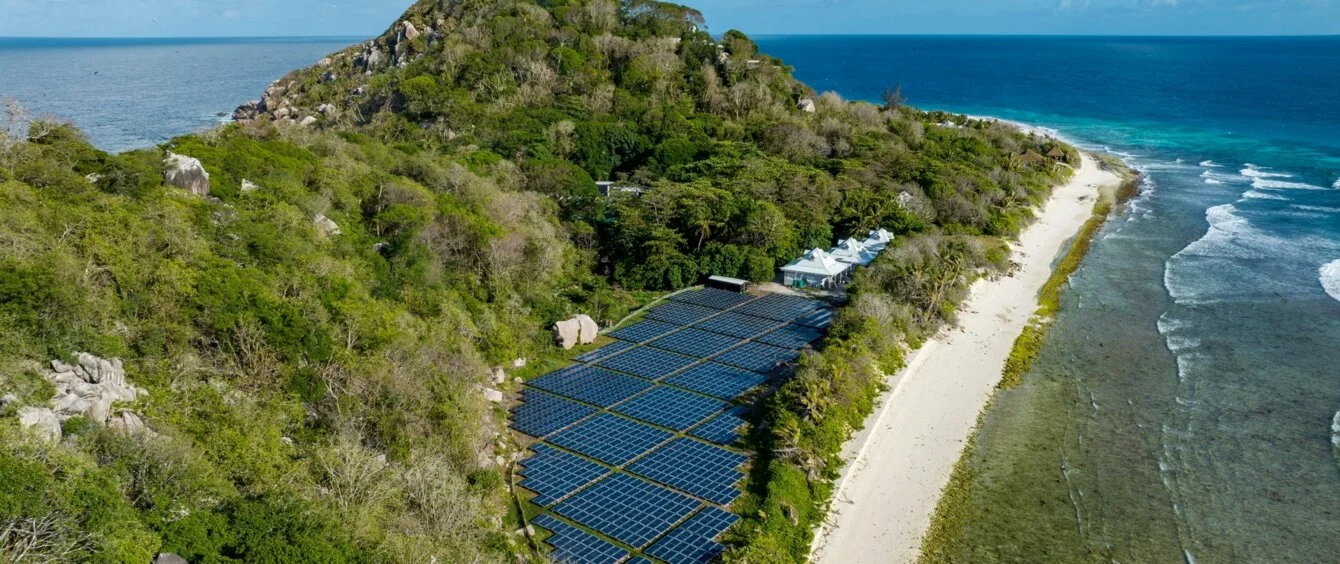Hope, concern and a call to more than redouble the world’s clean energy ambitions – these are the main messages of the International Energy Agency’s (IEA) recently published World Energy Outlook (WEO) 2023.
Energy provision, and with it a broader range of economic activities, are becoming more sustainable, but despite the enormous progress made, the pace of change is still not quick enough to limit global warming to 1.5°C above pre-industrial levels.
Tangible impacts from current policies
The WEO presents three scenarios. STEPS, which reflects current policies; APS, which assumes all government climate targets are met in full and on time; and NZE, which is the most ambitious scenario, detailing all that has to be done to contain global warming effectively.
The bottom line is that neither STEPS nor APS yet match NZE.
However, the IEA does identify major positive developments. This year, for example, it expects one in five new passenger vehicles sold to be electric. It forecasts a record 500 GW of new renewable energy will be deployed worldwide, and that more than $1 billion a day is being spent on solar power alone.
These achievements are having tangible impacts. The IEA now expects that under current policy frameworks, oil, gas and coal consumption will all peak before 2030, and that their share in global energy supply – currently about 80% – will start to fall to 73% in 2030. This is a historic shift.
There are, in fact, many positive trends. The IEA says that worldwide additions of new coal and gas-fired generation plant have halved, at least, from earlier peaks, and sales of residential gas boilers are now outnumbered by sales of heat pumps in the US and many countries in Europe. Projections of how much offshore wind and solar will be installed by 2030 in China, the main engine of energy demand growth in the last two decades, have tripled from just two years ago.
Under the STEPS scenario, 80% of new power capacity up to 2030 will be renewable, with more than half coming from solar. Yet even this will only use “a fraction of the world’s potential”, the report says.
Major imbalances remain
However, the IEA also notes that spending on oil and gas is still almost double the level required in the NZE scenario. An orderly transition needs a further scaling up of spending on clean energy systems at the same time that oil and gas investment is reduced, the agency says.
In addition, excluding China, much stronger international support is required to increase clean energy investment in emerging and developing economies, where spending needs to quintuple. The energy transition needs to take place globally. As the IEA says, “no country is an energy island, and no country is insulated from the risks of climate change.”
Under STEPS, energy-related CO2 emissions are expected to peak in the mid-2020s, but, even so, emissions remain high enough to push global temperatures up by 2.1°C by 2100. This is less than forecast previously, but still points to widespread and severe impacts from climate change.
Electrification is the future
As a result of the energy transition, the world is becoming much more dependent on electricity. Renewables, such as wind and solar power, allow this to be generated sustainably and domestically, which increases countries’ security of energy supply, even if this creates new challenges in other areas, such as critical minerals.
The IEA says, “as the world moves towards a more electrified, renewables-based system, security of electricity supply is paramount”. More investment in grids is a necessity, alongside spending on batteries, demand-side management, energy efficiency and other low emissions technologies, the report says.
To get on track with the NZE scenario, the world needs to triple renewable energy capacity, ramp up electrification, double the pace of energy efficiency improvements and slash methane emissions from fossil fuel operations. These pillars of the energy transition – all of which are cost effective and technologically feasible now – need to be achieved by 2030 and would deliver 80% of the greenhouse gas (GHG) emissions reductions required for the NZE scenario.
As a result, the IEA is saying that the world is on the right path and has the means today to achieve the majority of the emissions reductions required. However, efforts must be more than redoubled. The pace of change must increase to avoid what remains a narrow window of opportunity slipping from the realms of the achievable.
Photo credit: © Martin Harvey, shutterstock.com
